Mangroves are fascinating plants, particularly when you’re thinking about incorporating them into your aquarium setup. While they’re most commonly associated with brackish or saltwater environments, it’s entirely possible to grow them in freshwater too. But, what are the ideal water conditions for freshwater mangroves? Let’s dive into that!
Understanding Mangroves and Their Natural Habitat
Mangroves are unique trees that thrive in coastal intertidal zones. In the wild, they are often found in areas where saltwater meets freshwater, such as estuaries and coastal lagoons. However, they are incredibly adaptable, which is why they can be grown in a variety of water conditions, including freshwater.
Mangroves in Freshwater vs. Brackish Water
Mangroves, especially the Red Mangrove (Rhizophora mangle), are more commonly found in brackish water. This is water that has a higher salinity than freshwater but is not as salty as seawater. However, when grown in an aquarium, mangroves can adapt to freshwater conditions with the right care.
Good vs Bad:
- ✅ Good: Freshwater mangroves can thrive if the water quality is maintained and nutrients are provided.
- ❌ Bad: Without proper nutrients and light, mangroves may struggle to grow in freshwater, leading to poor health.
The Ideal Water Parameters for Freshwater Mangroves
To successfully grow mangroves in a freshwater aquarium, you need to pay attention to several water parameters. Here are the key factors to consider:
1. pH Level
Mangroves prefer a slightly acidic to neutral pH level when grown in freshwater. Ideally, you should aim for a pH between 6.5 and 7.5. Maintaining a stable aquarium water pH is crucial because fluctuations can stress the plant.
2. Water Hardness
Mangroves are quite tolerant of different water hardness levels, but they generally do better in moderately hard water. A general hardness (GH) of 8-12 dGH is usually ideal for freshwater mangroves.
3. Temperature
Mangroves thrive in warm environments, so maintaining a water temperature between 75°F and 85°F (24°C to 29°C) is essential. This mimics their natural habitat and promotes healthy growth.
4. Lighting
Light is one of the most critical factors for mangroves, especially in freshwater. They require intense lighting, similar to what they would receive in a coastal environment. Use full-spectrum lights that mimic natural sunlight, and provide them with at least 6 hours of light each day.
Fun Fact:
🛑 Mangrove Fact: Did you know that mangroves have a unique root system that allows them to breathe in low-oxygen environments? These roots, called pneumatophores, stick out of the water like snorkels to capture oxygen from the air!
Nutrient Needs of Freshwater Mangroves
In their natural habitat, mangroves get a constant supply of nutrients from the surrounding water and sediment. When grown in a freshwater aquarium, it’s crucial to supplement their diet with the right nutrients.
1. Iron
Mangroves have a high demand for iron, which is essential for their growth and the vibrant green color of their leaves. Adding an iron supplement to your aquarium will help meet this need.
2. Nitrate and Phosphate
While many aquarium plants prefer low levels of nitrate and phosphate, mangroves benefit from moderate levels of these nutrients. They help with growth and overall plant health. However, be careful not to overdo it, as too much nitrate and phosphate can lead to algae problems.
Good vs Bad:
- ✅ Good: Regularly testing and adjusting nutrient levels ensures healthy growth.
- ❌ Bad: Neglecting nutrient supplementation can lead to yellowing leaves and stunted growth.
3. Substrate
While mangroves can grow in various substrates, using a nutrient-rich substrate is beneficial, especially in freshwater tanks. This provides them with a steady supply of essential nutrients. If your substrate isn’t nutrient-rich, consider using root tabs or other plant fertilizers.
Common Challenges and Solutions
Even with the best care, growing mangroves in freshwater can come with challenges. Here’s how to address some common issues:
1. Yellowing Leaves
Yellowing leaves can be a sign of nutrient deficiency, particularly iron. Regularly check your nutrient levels and adjust as needed. Also, ensure your lighting is adequate, as poor light can also cause yellowing.
2. Slow Growth
Mangroves generally grow slowly, but if you notice stunted growth, it could be due to low light or inadequate nutrients. Increasing light intensity or supplementing with the appropriate nutrients can help.
Fun Fact:
🛑 Mangrove Fact: The Red Mangrove is often called the “Walking Tree” because its stilt-like roots can move and grow in different directions to find stability and nutrients!
Conclusion: Thriving Freshwater Mangroves in Your Aquarium
Growing mangroves in freshwater isn’t as difficult as it might seem, but it does require careful attention to water parameters, nutrient levels, and lighting. With the right care, your mangroves can thrive and add a unique, natural filtration system to your aquarium.
At Save Mangroves Nursery, we sell healthy Live Red Mangrove Plants that are ready to be added to your Saltwater, Freshwater, or Brackish Aquarium tanks. We ship out to all 50 states daily, so whether you’re starting your mangrove journey or adding to an existing setup, we’re here to help your aquarium flourish.
Best seller products
-
18”-24” Red Mangroves With Roots & 2-4 Leaves
Price range: $34.99 through $87.99 -
10”-14” Red Mangroves With Roots & 2-4 Leaves
Price range: $19.99 through $47.99 -
28″ Red Mangrove Tree – Fully Mature Plant
Price range: $0.00 through $230.00 -
[RARE] Orange Oriental Mangroves Propagule Seeds
Price range: $19.99 through $79.99 -
30″ Red Mangrove Tree – Fully Mature Plant
Price range: $0.00 through $180.00 -
Red & Oriental Mangrove Combo Bundle
Price range: $29.99 through $44.99
 Cart is empty
Cart is empty 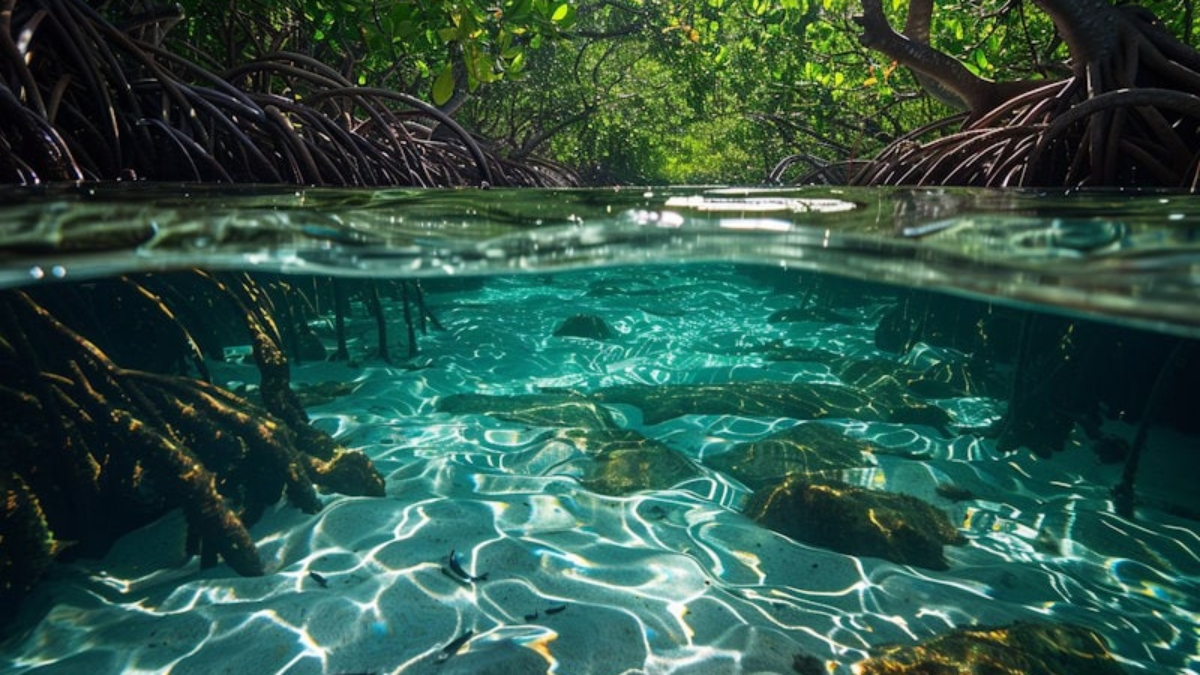


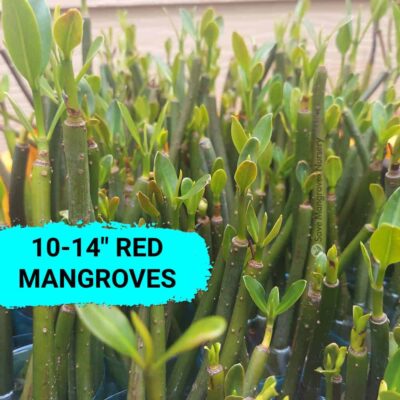

![[RARE] Orange Oriental Mangroves Propagule Seeds](https://savemangroves.com/wp-content/uploads/2025/07/Oriental-Mangrove-Seeds-Save-Mangroves-Nursery-400x400.jpg)
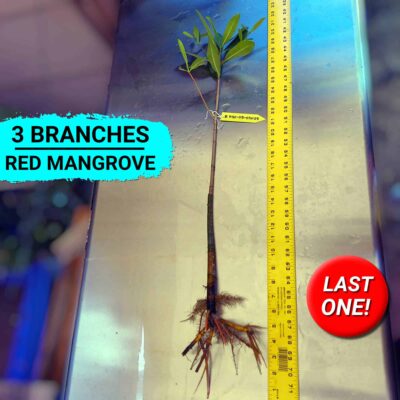
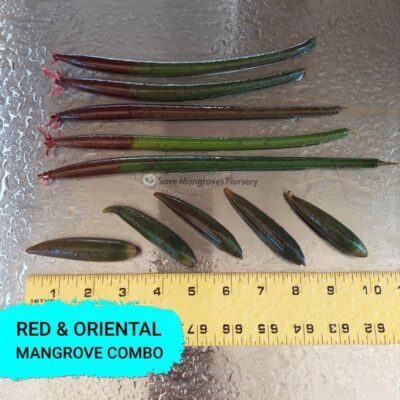
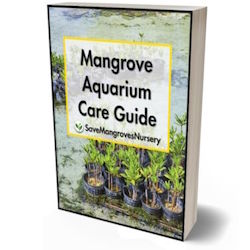
Add a Comment
You must be logged in to post a comment